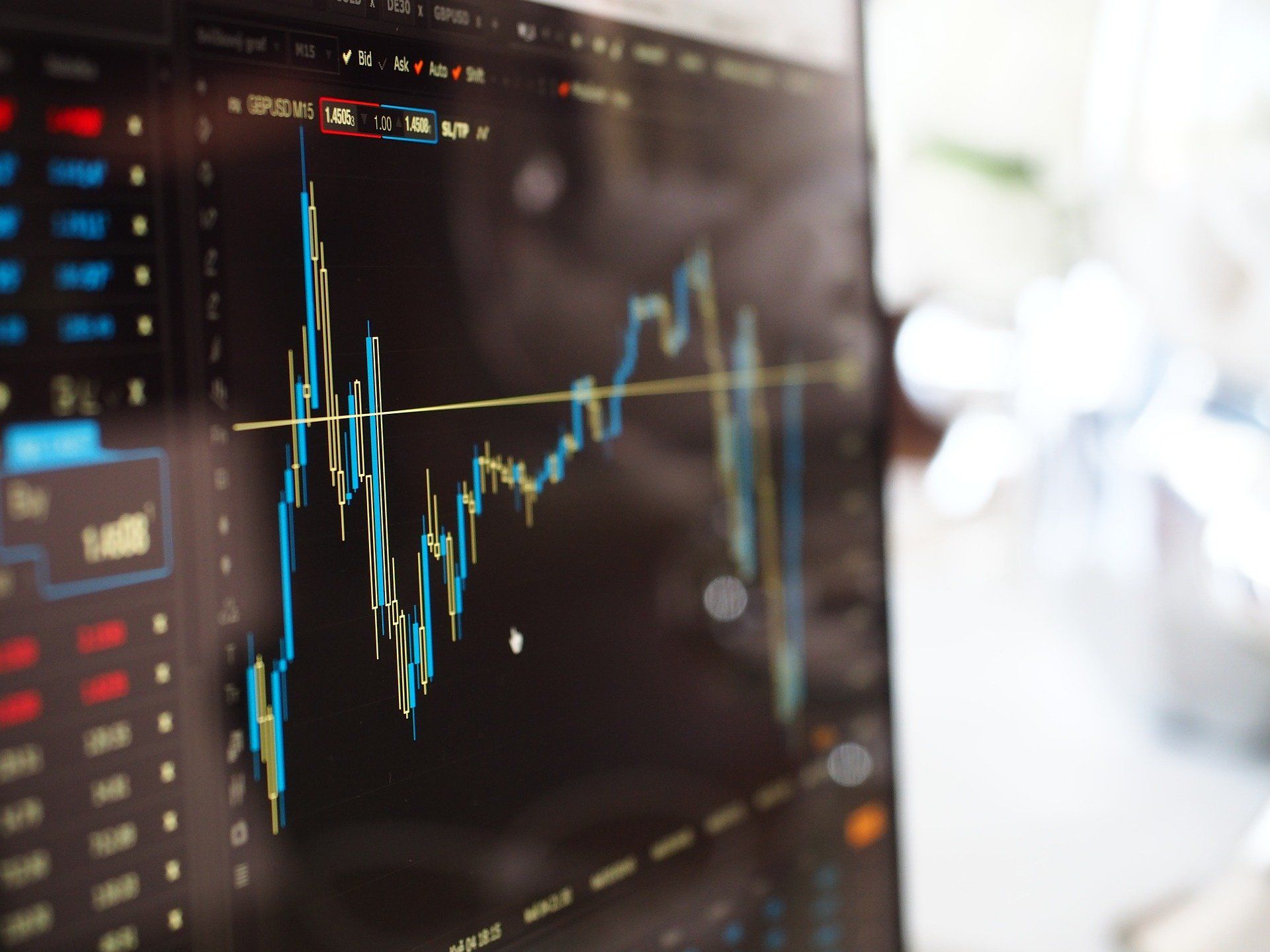Buoyed by positive economic data that shows green shoots of recovery in key sectors of the COVID-hit economy, stock markets are rejoicing. After the 873-point rally on Tuesday, the Sensex opened strong on Wednesday gaining 513 points. The NSE Nifty Index gained 246 points to cross the 16,000 level on Tuesday and then notched another 134 points in intra-day trade. Thursday saw benchmark Sensex opening at its lifetime peak of 54,576.64.
Also read: RBI cautions public against phishing by entities using its name
This rally comes after months of pessimism at the stock market, pulled down by slow growth, falling manufacturing and loss of jobs. So what has changed now. Let’s take a look:
Signs of recovery?
Economic data point to an economic recovery. In an indicator of the strongest growth in three months, the IHS Markit India Manufacturing Purchasing Managers’ Index (PMI) came out of the red and moved above the critical 50.0 threshold — up from 48.1 to 55.3 — in July, reports the Indian Express.
Correspondingly, India’s July GST figures showed handsome recovery, grossing Rs 116,393 crore in revenues, after slipping below the Rs one lakh crore mark for the first time in eight months in June.
Watch: What doctor-turned-IPS officer told PM Modi on toothaches and enemy
“Progressive economic data indicates strong rebound from the impact of the second wave. All major domestic data like PMI index, GST collection, corporate earnings, export data etc favour a strong recovery. This has added euphoria in the domestic market reaching new highs, along with context to a drop in global risk after the accommodative monetary and fiscal policy announcements. A similar monetary policy is expected from the RBI policy meeting,” said Vinod Nair, Head of Research, Geojit Financial Services, the report adds.
How long will the bull run last?
Experts feel the markets are likely to stay robust in the coming days. Pankaj Pandey, head of research at ICICIdirect.com, says that he thinks the momentum will continue adding that while fundamentals of the economy remain strong, over the last few months the collections for banks and financial services companies were closer to normal, and that had pepped up the markets.
Also read: Forget free pizzas, Indian athletes are in for a long bitcoin ride post victory
That the economic impact of the second COVID wave was not as much as the first wave also helped the markets. Also despite the COVID restrictions in some states, an improved demand environment is being witnessed. This has given hope that corporate earnings will continue to recover and provide further boost to the economy. As vaccination picks pace, market confidence will also grow, say experts.
What is driving the current bull run?
The current Sensex surge is led by the retail investors who allocated more into equities even as foreign investors sold stocks worth over Rs 10,000 crore in July. Experts say that the present surge provides opportunities to new investors.
What next?
Experts say that given the stock market valuation is already high, retail investors must tread with caution. Any upset on the political or economic front may hit the bull run, they say. It will be a better idea if retail investors buy stocks during the correction phase as spending money at high valuations can cause losses, they add.







